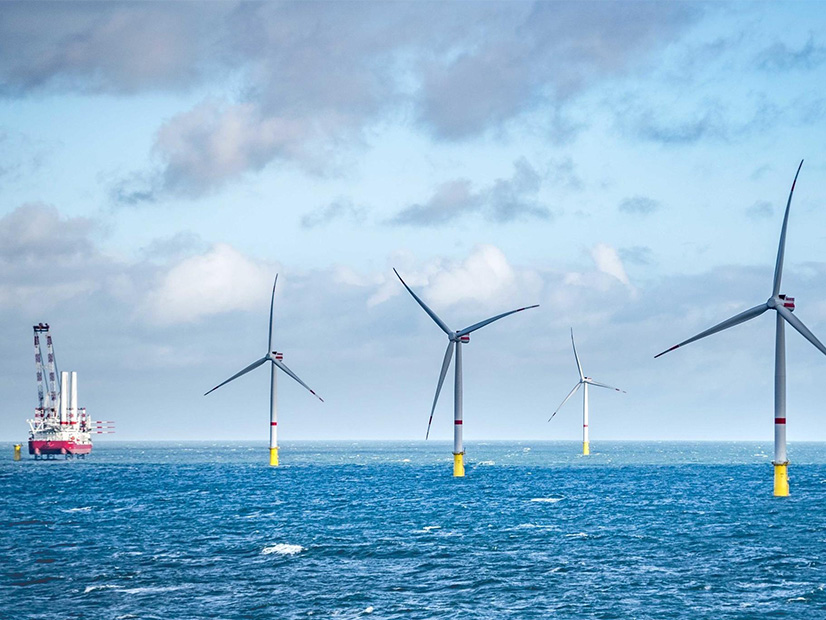Vineyard Wind and GE Vernova on Aug. 9 released an overview of their action plan for cleaning up debris and eventually resuming construction on the Vineyard Wind 1 project in the wake of the blade failure and collapse on July 13. (See Blade Failure Brings Vineyard Wind 1 to Halt.)
According to blade maker GE Vernova, the failure was caused by an isolated “manufacturing deviation” at the factory. (See GE Vernova Finds Defect in Vineyard Wind Blade.) Construction and power production have been paused following the incident due to a suspension order from the U.S. Bureau of Safety and Environmental Enforcement.
“Vineyard Wind and GE Vernova are committed to safely removing the damaged blade, monitoring for and collecting any debris, assessing any environmental impacts, inspecting all of the other project blades and safely restarting the project,” the companies said in a statement.
While no personal injuries related to the blade collapse have been reported, foam, wood and fiberglass pieces of the blade have washed up on local beaches over the past month, temporarily closing several beaches. The action plan noted that the “primary risk of the debris is physical contact with fiberglass.”
The companies said they are working with Resolve Marine to prevent more debris from falling into the ocean, remove the broken blade and clean up seabed debris.
To ensure manufacturing issues do not affect any other blades, the companies said they are reviewing ultrasounds from the manufacturing process of the blades to identify any abnormalities. They also are conducting an internal inspection using “advanced remote-controlled robots,” or “crawlers.”
The action plan also indicated GE is developing an algorithm to better detect and avoid similar issues, which will “provide advanced warnings or automatic, safe turbine shutdown when required.”
Looking ahead to the eventual resumption of activities on the project, the companies said they first will resume tower and nacelle installations, followed by blade installations and finally move on to power production. The companies said they are “working with the Federal Interagency to ensure all operations are in compliance with all applicable orders, permits, regulations and laws.”
Despite relatively minimal local environmental impacts, the blade failure has drawn significant national attention. At the time of the failure, Vineyard Wind 1 was the largest operating offshore wind farm in the country.
Offshore wind opponents, including fishing industry organizations and conservative think tanks, have pointed to the blade collapse as evidence the industry is a bad investment of public resources and a danger to the environment.
“Offshore wind is just another of the Biden-Harris administration’s sinking policies,” said the Texas Public Policy Foundation, which called on the courts to strike down the project’s regulatory approvals. Attorneys for the foundation are representing fishing industry opponents to the project in a federal appeal of its approval.
Meanwhile, environmental advocates have expressed concern about the blade failures, but have emphasized that environmental impacts must be viewed in context, and that offshore oil spills are far more damaging to local communities and ecosystems.
“We must all work to ensure that the failure of a single turbine blade does not adversely impact the emergence of offshore wind as a critical solution for reducing dependence on fossil fuels and addressing the climate crisis,” said Nancy Pyne of the Sierra Club in a statement.



